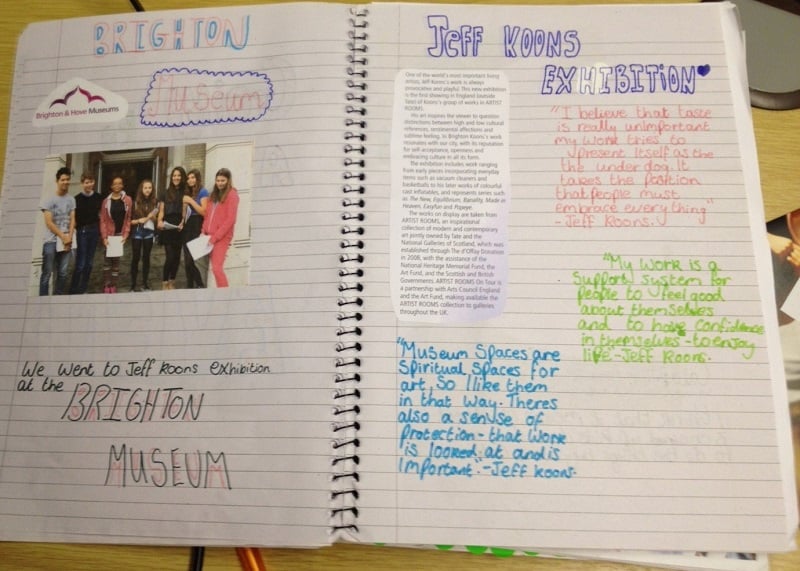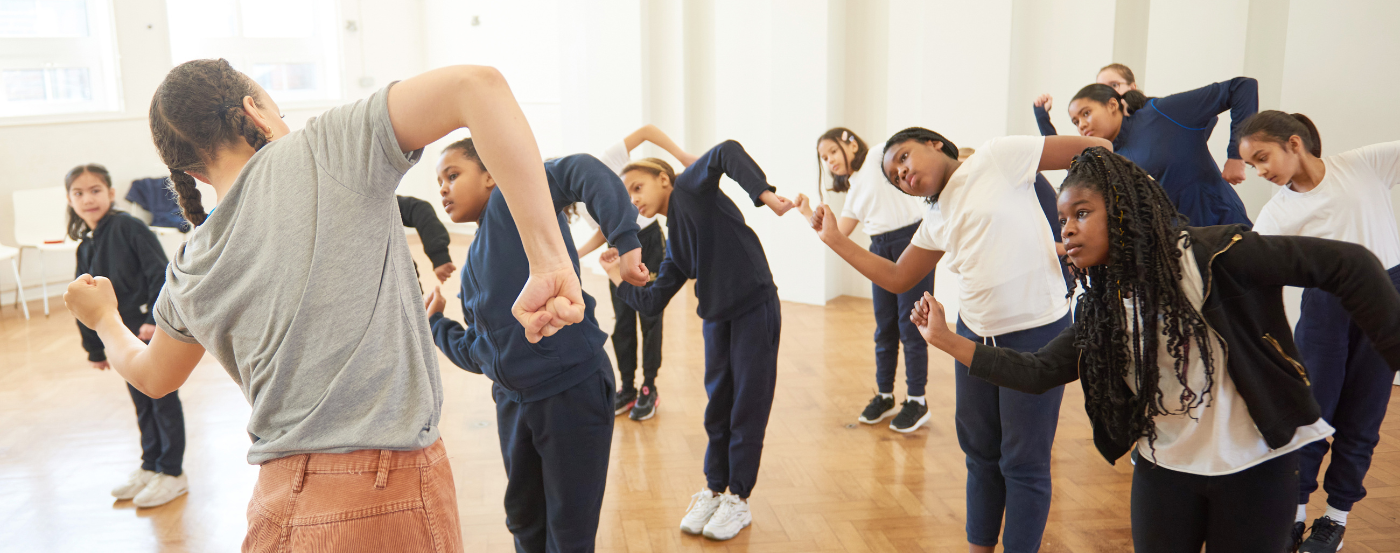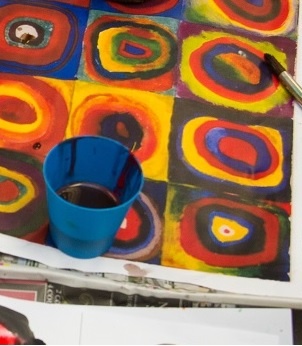.jpg)
How can Arts Award programmes keep the arts at their heart?
BY: Guest Writer
21 Oct 2019
Today is our second in a series of three blog posts sharing the findings of some research on Arts Award carried out by Frances Howard who is an Arts Award moderator and adviser. On 9 September we introduced the research findings and advised on how you can co-produce your projects with young people. Today we talk about putting the arts at the heart of your projects.
.jpg?width=296&name=PHIL%20BARNES%20PHOTOGRAPHY%20(56%20of%2084).jpg) Frances’ research identified that not all young people received the same Arts Award offer. How advisers designed their programmes in response to their settings, such as youth work projects and alternative education programmes, changed what was offered through the award. The benefit of working with Arts Award is that it is flexible enough to adapt to many different situations where arts education can take place. However, at times, the extra considerations of these settings can shift focus from what should be at the heart of the programme – the arts and the young person’s experience.
Frances’ research identified that not all young people received the same Arts Award offer. How advisers designed their programmes in response to their settings, such as youth work projects and alternative education programmes, changed what was offered through the award. The benefit of working with Arts Award is that it is flexible enough to adapt to many different situations where arts education can take place. However, at times, the extra considerations of these settings can shift focus from what should be at the heart of the programme – the arts and the young person’s experience.
Advisers as programme designers are the key gatekeeper for a quality arts experience. During the study many advisers organised fantastic opportunities for their young people including trips and visits, work experience and the chance to try new and exciting art forms. Working with artists is a key tenant of the Arts Award, with many advisers also being artists themselves. However, a lot of effort is required by advisers to plan their programmes well in advance of starting the young people on their award. Often, funding needs to be secured and the diverse starting points of the young people in terms of cultural experience needs to be considered.
Conversations should be happening between the young people and the adviser about what would be valuable for .jpg?width=332&name=lo%20res%2017.06.19%20(39%20of%2070).jpg) them, what the opportunities for quality arts experiences are and how to maintain the young persons’ arts interest when the project finishes. This is what is referred to as co-production of programme design and we are developing a new planning tool to help you develop a programme, together with your young people, that builds on both your strengths and your artistic networks. This should be ready in time for our webinar on 19 November. For now please do download our prompt questions to ask yourself as you plan your programme to support co-production. It is also important to scope out during the planning stage the young person’s sphere of cultural engagement: what art forms interest them? What are they particularly interested in developing? And how can this be extended? These elements are vital so that advisers can ensure that both the arts and the young people are at the heart of their programmes.
them, what the opportunities for quality arts experiences are and how to maintain the young persons’ arts interest when the project finishes. This is what is referred to as co-production of programme design and we are developing a new planning tool to help you develop a programme, together with your young people, that builds on both your strengths and your artistic networks. This should be ready in time for our webinar on 19 November. For now please do download our prompt questions to ask yourself as you plan your programme to support co-production. It is also important to scope out during the planning stage the young person’s sphere of cultural engagement: what art forms interest them? What are they particularly interested in developing? And how can this be extended? These elements are vital so that advisers can ensure that both the arts and the young people are at the heart of their programmes.
What advisers can do:
- Think about the funding of their programme so that it can provide access to high quality artists, practitioners and arts experiences for the young people. What local artists could come and work with your programme? What could the funding be spent on – trips and visits? New experiences? What can you do without funding? What experiences are free – local galleries and museums? What about high quality online engagement? What are you offering that is developing the young people artistically? You could engage with our new ‘Arts at the Heart’ planning tool to help with this process.
- Think about how you can work with young people to co-produce your programmes. What are the young people interested in learning or developing? What is their existing cultural engagement? What can they offer to the programmes? What might they learn from this process? Download our prompt questions.
- Think about where you can get support from in planning your programmes to ensure that the arts are at the heart.
.jpg?width=324&name=lo%20res%2017.06.19%20(18%20of%2070).jpg) Register now to join a webinar on Tuesday 19 November at 3.30pm sharing the findings and practical ways to apply this to your own adviser practice.
Register now to join a webinar on Tuesday 19 November at 3.30pm sharing the findings and practical ways to apply this to your own adviser practice.
We hope that these top tips will be helpful to the development of your future Arts Award programmes. The following and final post going live before the webinar in November will reflect on the wider value of arts education and the contribution that Arts Award can make.
Related posts
BY: Alan Lynch
BY: Catherine Sercombe
BY: Judy McFall




Comments & Replies